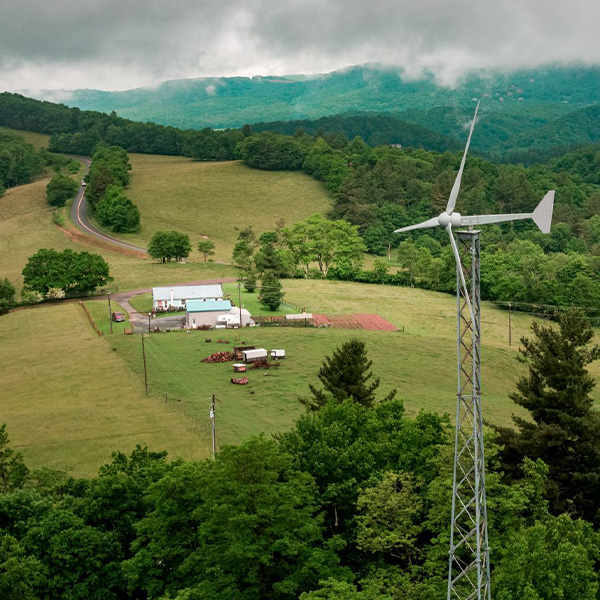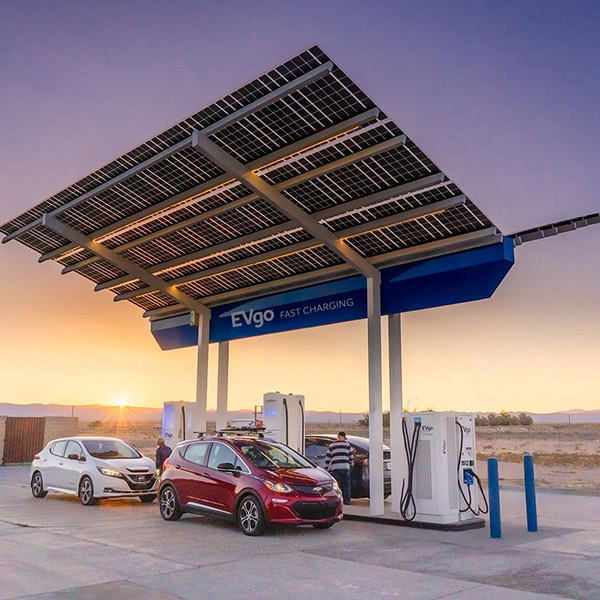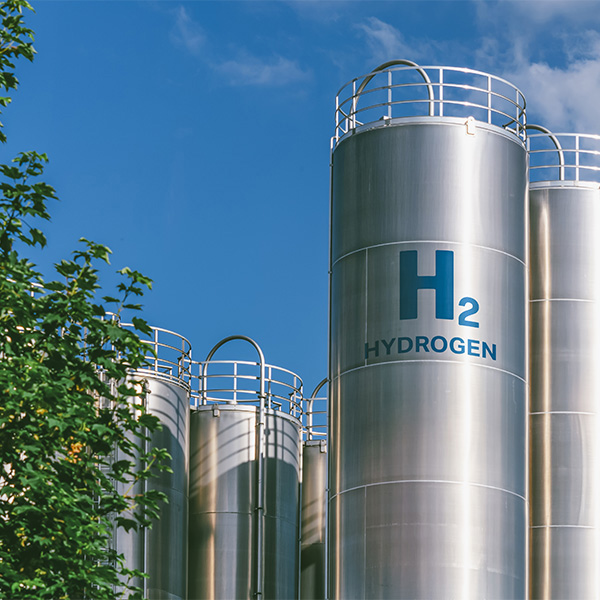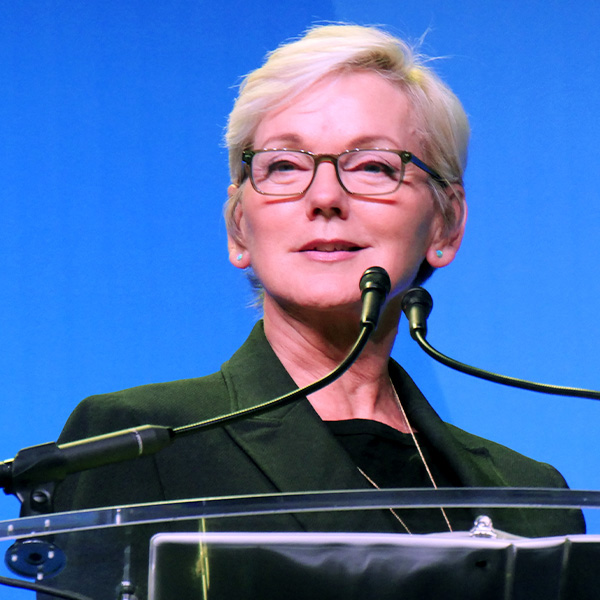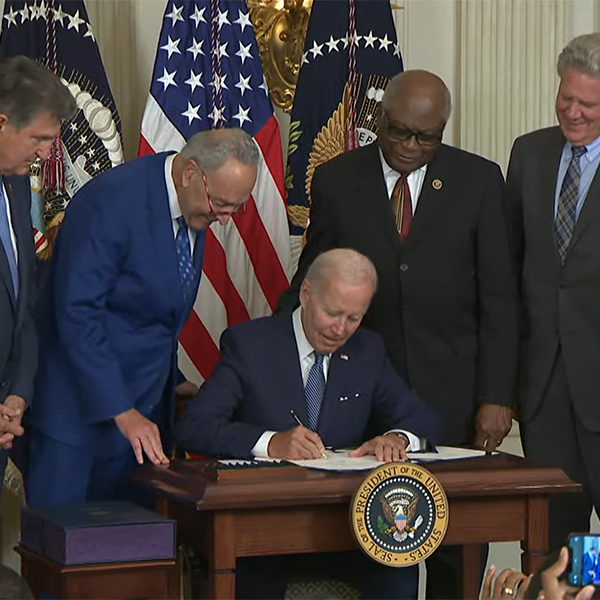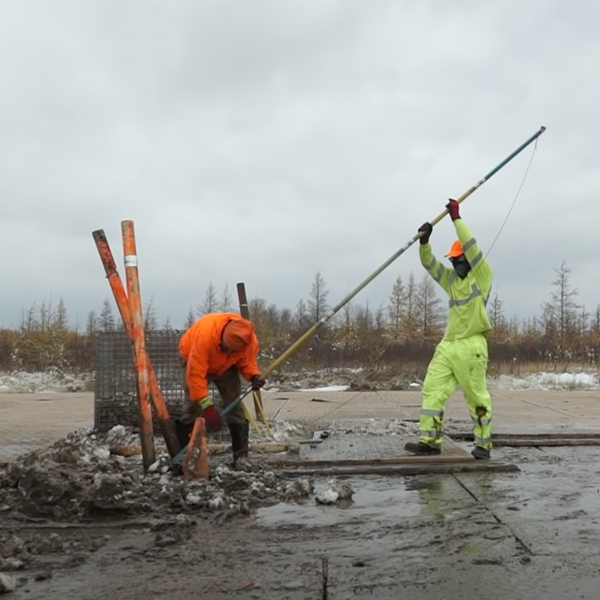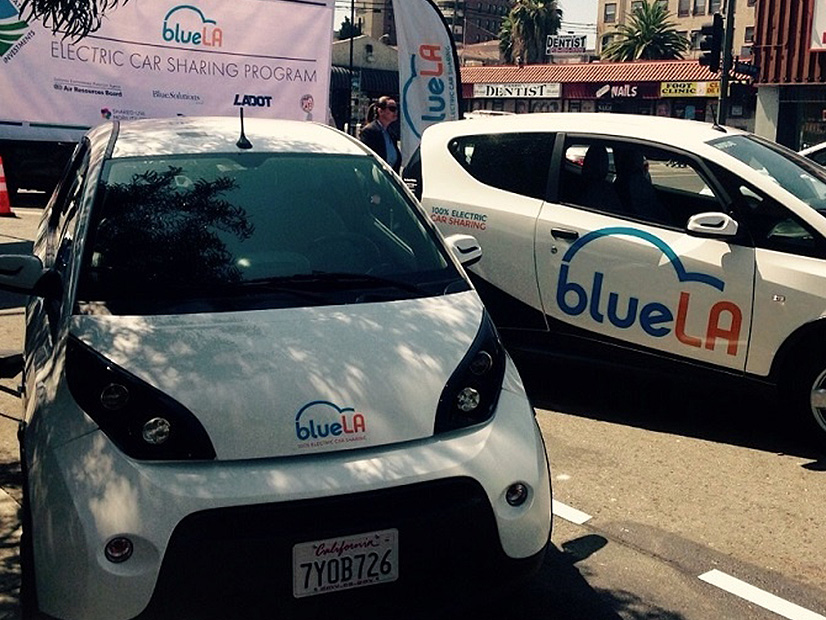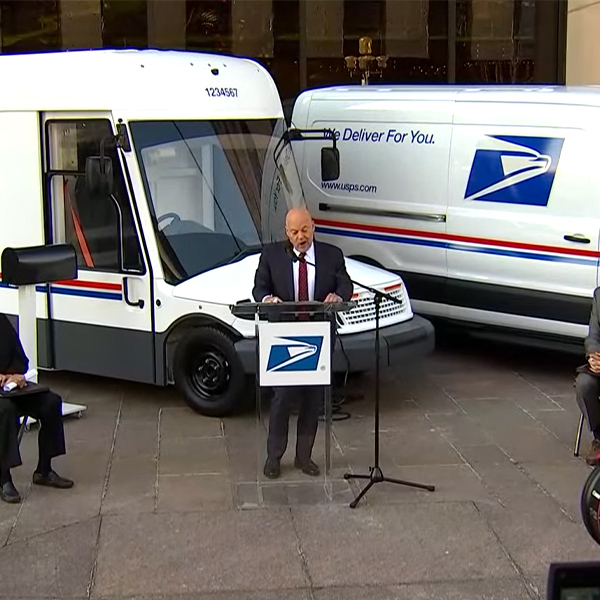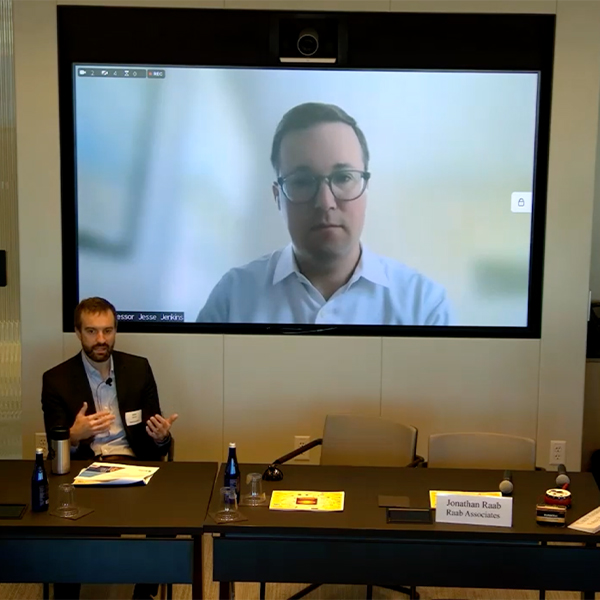Federal Policy
CongressDepartment of EnergyLoan Programs Office (LPO)Department of TransportationEnvironmental Protection AgencyFederal Energy Regulatory CommissionGeneral Services Administration (GSA)Interior DepartmentBureau of Land ManagementBureau of Ocean Energy ManagementNuclear Regulatory CommissionTreasury DepartmentWhite House
The National Renewable Energy Laboratory last month distributed another round of grants to boost small- to mid-sized wind turbine technology and marketing.
Consumers looking to cash in on the Inflation Reduction Act’s tax credits for electric vehicles may have to wait on the Treasury Department.
Industry, private developers and state governments from every region of the nation applied for federal funding to create hydrogen hubs.
The two people who had the broadest, deepest impacts on federal energy policy in 2022 were undoubtedly Energy Secretary Jennifer Granholm and Sen. Joe Manchin.
The biggest clean energy story of 2022 was passage of the Inflation Reduction Act, rising improbably from the ashes of President Biden’s Build Back Better Act.
A big roadblock to developing a domestic supply chain for minerals critical to clean energy technology is the General Mining Act of 1872, says Tommy Beaudreau.
When trying to incorporate equity into EV programs, simply placing a charger in a disadvantaged community is not enough, speakers said during a Western summit.
The EPA announced tough new emission standards for heavy-duty vehicles: cleaner trucks but not until the 2027 model year and not completely clean until 2045.
Ending a battle with a Trump holdover, the Biden administration announced that the U.S. Postal Service will procure 66,000 battery electric vehicles.
Experts extolled the virtues of more granular clean energy purchasing at Raab Associates’ New England Electricity Restructuring Roundtable.
Want more? Advanced Search
